A needs statement for a grant proposal is an exhaustive and persuasive description of a community’s need, issue, or problem that a grant proponent proposes to address or solve if awarded a grant.
It aims to provide the rationale of the proposal and the urgency of intervention to persuade the grantor that the proposal is worthwhile. Donors award grants to proposals that positively impact the community by addressing a real and urgent issue. As a result, organizations have to convince their donors of the value of their proposals by writing a statement of need. It is alternatively referred to as a problem statement or needs assessment.
The statement should focus on one core concern, align with the donor’s objectives, quantitatively and qualitatively support the organization’s claims made in light of the issue or problem. At the end of it, the organization should provide the donor with a clear picture of what they want to solve and why they want to solve it by defining the problem, identifying its implications, and the existing gap between the current and the desired status.
A good statement for a grant proposal requires adequate research, and organizations should utilize time and resources in preparing the statement because it compromises the strength of the entire proposal if poorly written. It is an opportunity to get the donor to care about your proposal.
A Few Examples
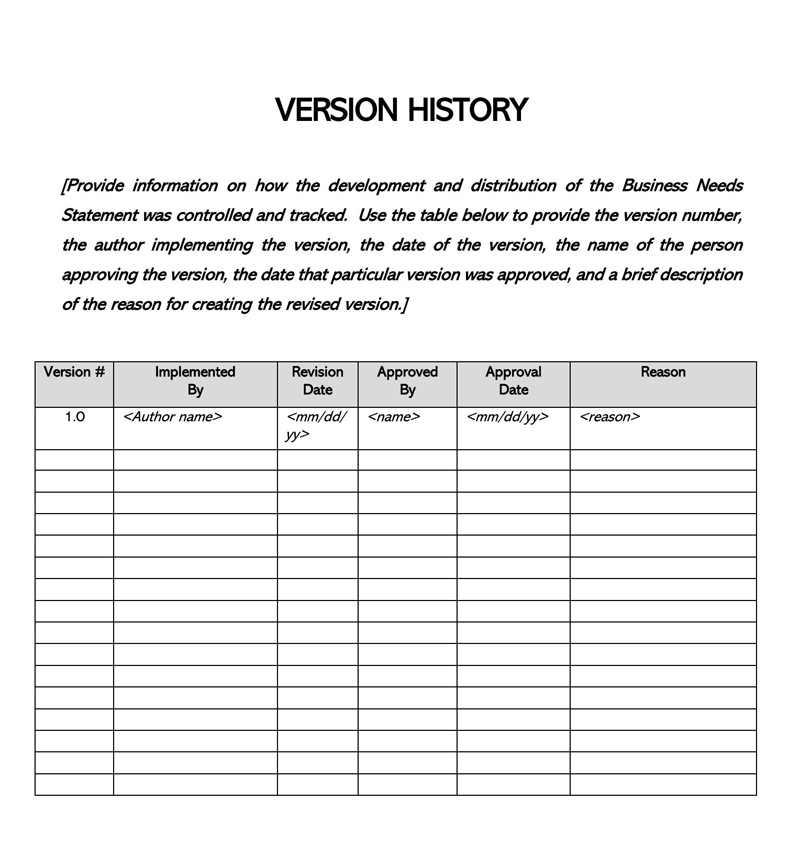
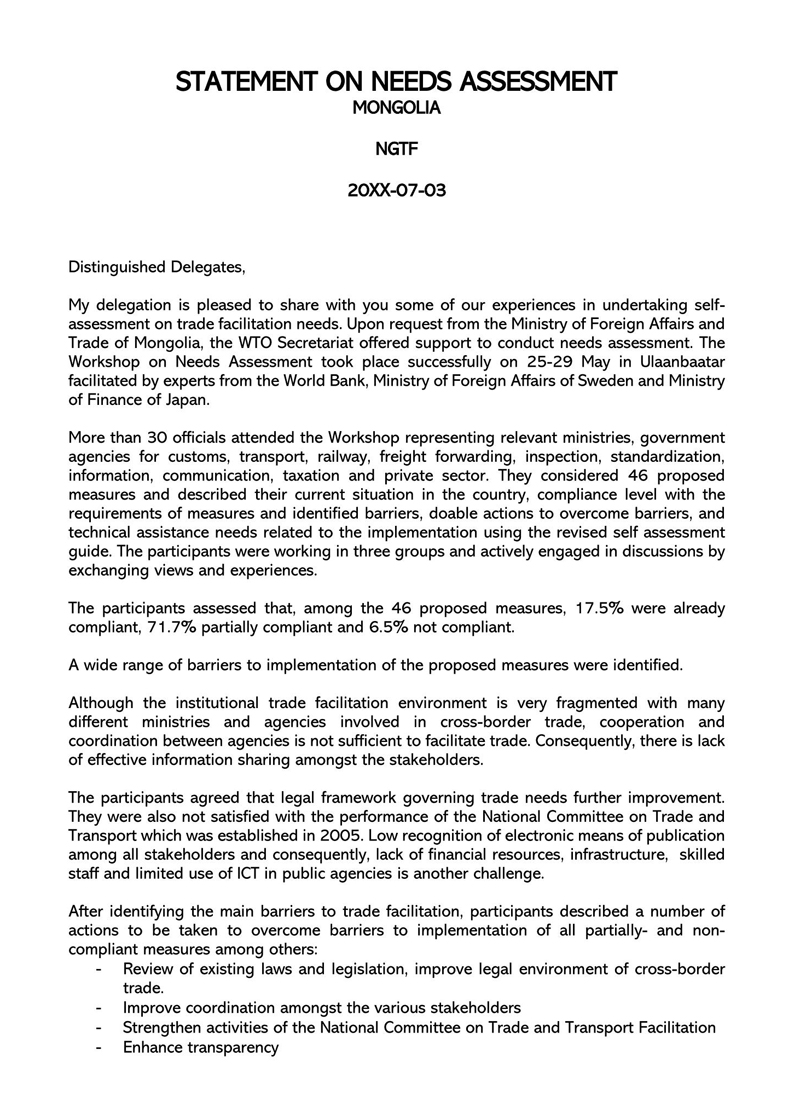
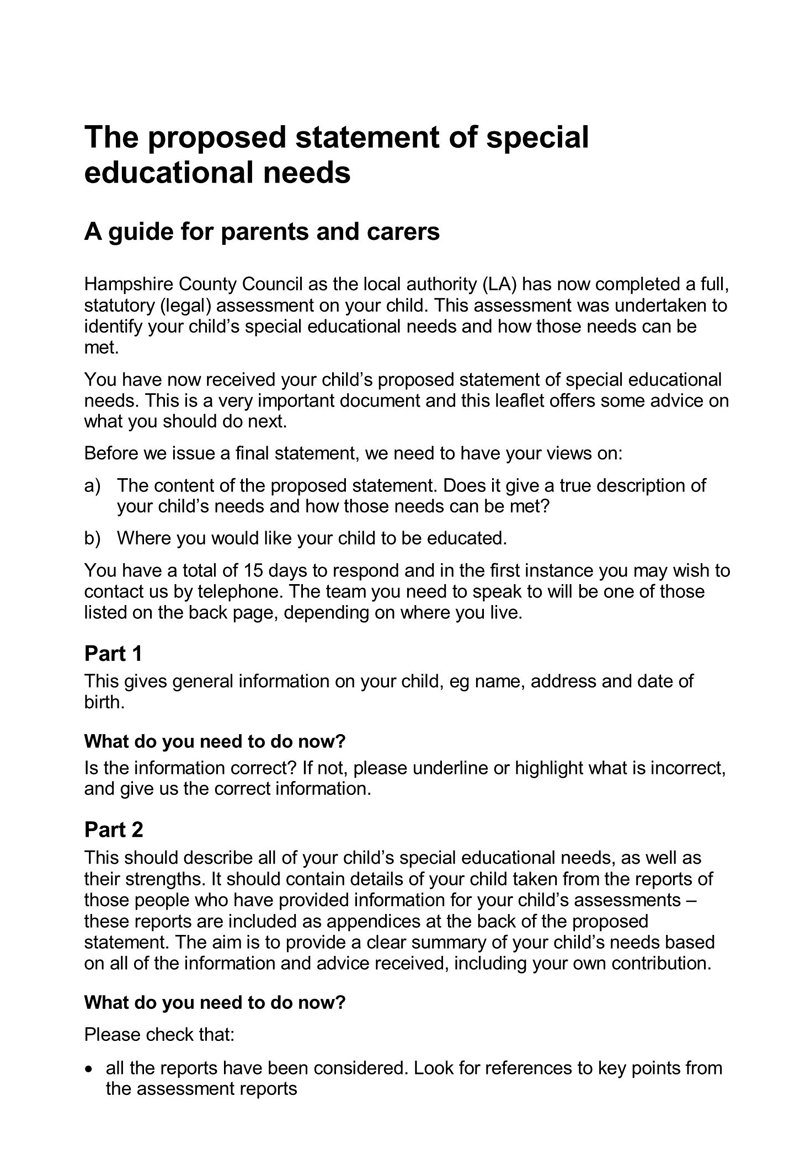
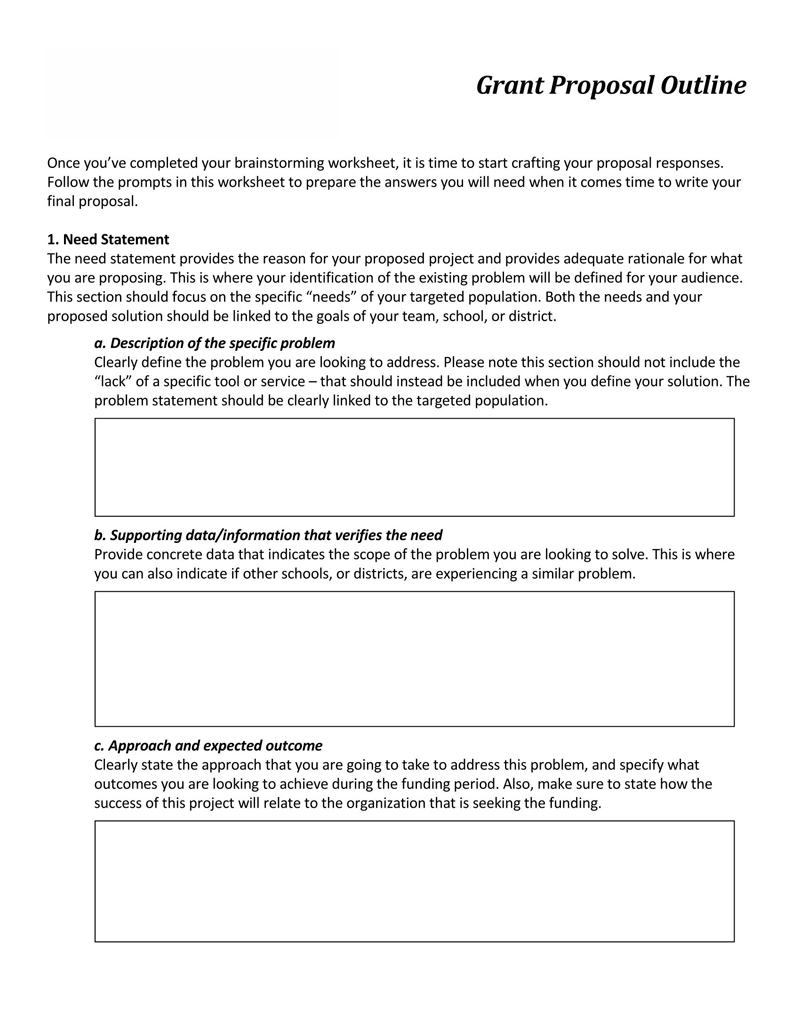
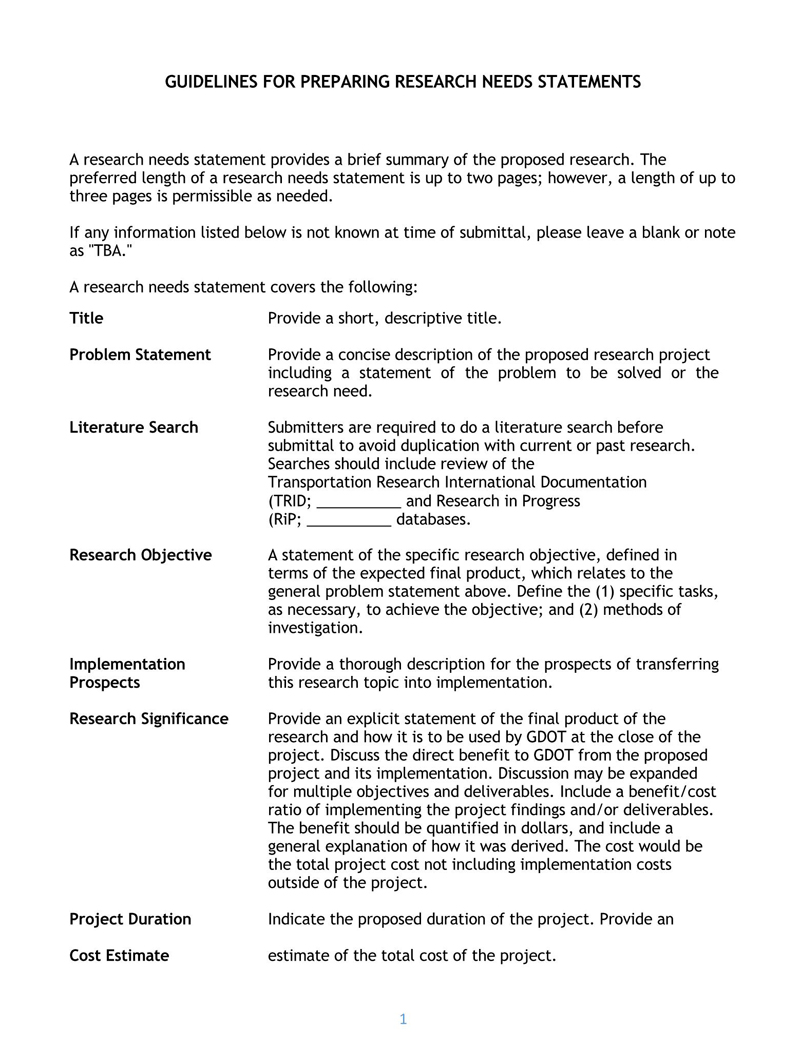
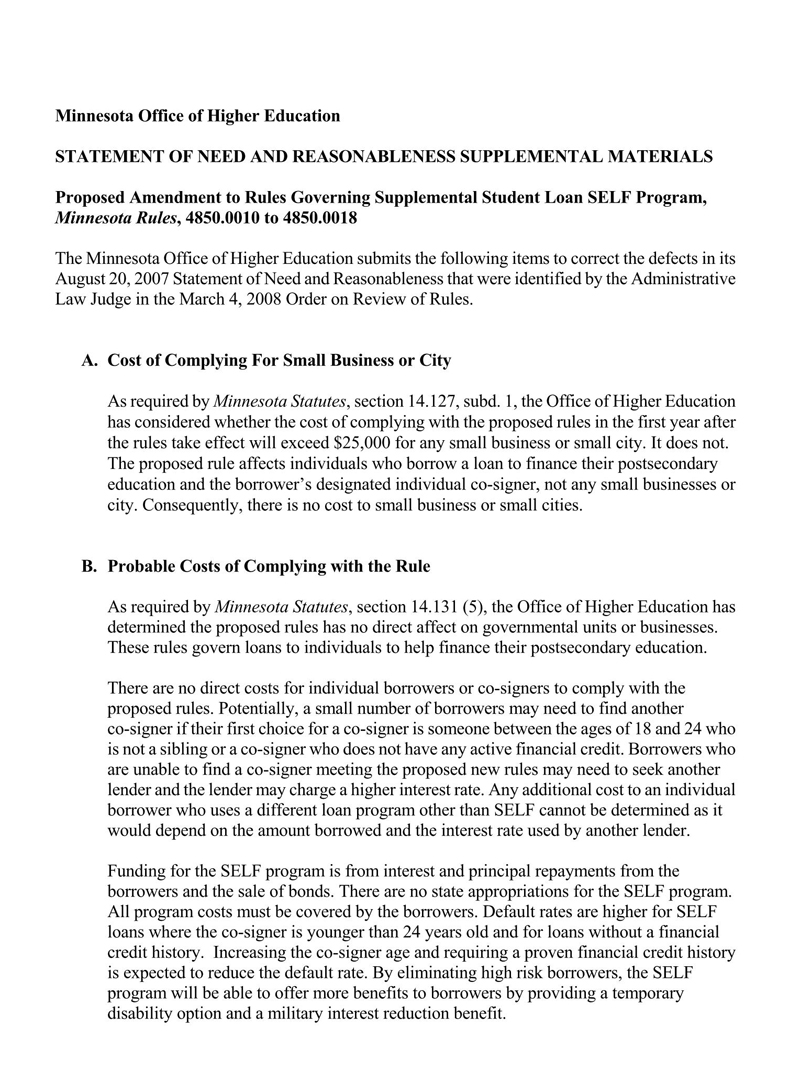
How to Write a Strong Needs Statement
An excellent statement will ordinarily take time to create. However, if enough effort is put into writing the problem statement, it becomes a huge step towards the right direction in the grant proposal writing process.
The steps below can be followed to write a convincing statement:
Describe the main issue
The statement should be focused on a single problem in the community. It might be tempting to tie the problem statement to various issues in the community that an organization is associated with, but this should not happen. Be objective. However, as much as the statement should focus on one core concern, other issues tied to the core concern can be discussed slightly too.
Also, ensure the statement focuses on the community you serve as an organization and not the personal objectives of the organization – present the challenge at hand and make it real to the donor.
For example, when applying for a medical research grant, write the statement that focuses on a niche in medical research that needs to be filled. The core concern should be a gap in medical research in a given field, such as the lack of a malaria vaccine, a major concern in the African continent. Other issues such as lack of protective nets can also be discussed briefly.
Provide comparative statistics and data
It should show the existing quantitative and qualitative comparative data that supports an organization’s claims on the existence of a need and its solution. Quantitative data includes numbers and facts, while qualitative data includes interviews, stories, and public opinions. Statistics and data help in providing concrete evidence to support the statement. In addition, statistics help in comparing the current status with the desired status. Recent data and reliable sources such as federal and state agencies, scholarly publications, articles, and journals should be used. Data from local colleges, universities, libraries, and regional public records can also be used.
For example, if the lack of a malaria vaccine is a problem, the statement should provide data on how many people get infected yearly, the mortality rates, the number of affected families, etc., as it can go a long way in portraying a picture of the severity of the issue. In such a case giving mortality rate percentage is a better way of painting the picture than saying many people die from the illness.
Clearly state the approach
Next, the problem statement should show the approach you intend to take to solve the identified problem. The statement should clearly state the actions or interventions the organization will implement so as to achieve the desired state.
Relate your grant application with the funder’s mission
In addition, relate the statement to the donor’s mission. Connect with the funder as a person and as an organization. Relate the statement to the aims, interests, and values of the funder. Grant applications that represent what a funder stands for have a higher chance of being accepted.
EXAMPLE
If the funder prioritizes child healthcare, the statement should focus on how conducting research on a malaria vaccine will improve children’s healthcare.
Identify the gap in the current system
Describe what is currently being done and the factors that catalyze the current state of things. This way, gaps in the current state can be identified and used to indicate an actual need for change and a more sustainable solution. Note that you should avoid circular reasoning, which means do not claim that the absence of your proposed solution or approach is the actual problem. Make the statement community-oriented.
EXAMPLE
Instead of stating that the prevalence of malaria is the problem, the statement should discuss that a given number of people die from malaria, and this number can be reduced to a certain percentage if malaria drugs are delivered to the community on time. A grant proposal that saves people’s lives is more convincing than one that simply cures malaria without additional information on the gap between the current state and the desired state.
Discuss potential hurdles and give a solution
An effective problem statement needs to discuss the urgency and challenges of the proposed action. Urgency can be demonstrated by highlighting the consequences of not resolving the identified challenge as soon as possible and the long term plan as well on how you intend to manoeuvre the challenges. This increases your chances of success. If a grant application does not present a sense of urgency, funders are more likely to divert their attention to more urgent proposals.
Specify the expected outcome
Lastly, a comprehensive statement should show the desired state. Indicate the direct changes expected from the implementation of the proposed project. Use estimated statistics to define outcomes as they are more interpretable.
EXAMPLE
The statement of need should state that the mortality rate of malaria patients is expected to reduce from 40% to 15% in five years rather than simply stating that the mortality is expected to reduce.
Tips for Creating a Strong Need Statement
To write a compelling statement, several writing techniques can be implemented. Below are tips on how to write a grant-winning needs statement:
Write a strong and positive statement
Always start strong when writing the statement for a grant proposal. Make sure the problem statement demonstrates an actual need and a cohesive solution in a professional manner. The funder should be able to understand what your organization is proposing to solve and do by the end of the statement. Also, keep a positive tone throughout and reassure the funder that the problem is solvable as it motivates them to be a part of the solution.
Focus only on one main issue
Objectivity is key in writing a problem statement. Each community will have multiple issues that need to be addressed; the statement is not your chance to address all of them. Focus on a single problem and elaborate on why it should be prioritized. Issues associated with the main problem can, however, be discussed briefly.
Do your research
Before writing the statement, always research your funder’s interests and objectives. Funders want and will always fund grant proposals that are aligned with their mission. Therefore, ascertain that your proposal meets this criterion beforehand; if it doesn’t, look for another funder with the same interests as your organization; otherwise, you are setting yourself up for failure to secure the grant.
Use the KISS principle
As much as the statement of needs has to be detailed, avoid making it too long by including irrelevant details. Note that it is part of a larger, more detailed grant application. Sieve information but keep it informative as possible. Use the KISS principle – Keep it sweet and simple.
Tell a story
Avoid writing a dull problem statement that has no human touch. Instead, try to appeal to the funder’s personality by incorporating well-written personal testimonies when providing background stories to support claims in the statement. However, do not overuse stories; create a balance between stories and factual statistics.
Quote authorities on your topic
Do not hesitate to quote renowned figures and authorities such as state, government agencies, and research institutions in the field you discuss and sources of information used in the statement of needs. Indicate the name of the source when quoting them.
Connect to a wider community
Always show how your proposed solution relates to the community at large. Indicate how the community is being affected by the issue at hand and illustrate how your organization intends to relieve them from its pain.
Connect with the heart
An effective statement should aim to connect with the funders at an emotional level. Use writing techniques such as engaging tone to evoke emotions or include a real-life story that illustrates how the main issue is affecting actual people in a place.
note
As much as appealing to the emotional side of the funder is recommended, it should be done in moderation. A grant proposal is meant to be based on concrete and factual information and not assumed information. Therefore, ensure a balance between pragmatism (quantitative data) and passion (qualitative data). Also, do not exaggerate information.
Avoid circular reasoning
Avoid circular reasoning at all costs. Do not claim that the lack of your solution in the community is the actual problem; instead, focus on the need the solution aims to solve.
Proofread and edit
Upon completing the statement, proofread to check for grammatical, spelling errors, and typos and edit accordingly. Confirm that technical language was used in moderation.
Use up-to-date and reliable data
Aim to use the most recent data when defining the core problem. Quality data plays a huge role in creating a convincing statement. For example, if the problem exists in 2021, use data that goes back as far as five years unless there is no recent data on the topic. The statement example should use data at the community and national levels to define the scale of the need.
Data will usually be available in federal and state agencies. When selecting data, comparative data should be used – that is, data used to compare the same quality of two or more items. Also, both quantitative data such as figures and qualitative data such as opinions and stories should be used to give a more detailed overall assessment of the need in question. All datasets should be about the target audience for patterns and trends to be notable.
Other quality data sources that could be used include scholarly journals, articles, dissertations, and industry publications. Google Scholar is a good starting point to identify data sources. However, data bias and reliability should be considered when comparing and selecting the right data sources to ensure reliable data is used. To collect more data, consultations can be done with local universities, colleges, libraries, or research institutions to compare notes and collect any information in their possession as they are known to conduct frequent surveys on different issues.
Focus on people rather than the organization’s needs
In addition, ensure the proposed solution serves the target population and not the organization’s needs. Funders will rarely approve grant applications that are focused on the proponent.
Cite a community that did something similar
It is always advantageous to use case studies when proposing solutions in a grant proposal. Citing a community that implemented an almost similar solution can help your proposal pass the feasibility test.
Final Thoughts
A needs statement is a vital part of a grant application. It typically highlights the problem descriptions, implications of lack of intervention, supporting data and statistics, urgency intervention, and challenges associated with implementing the proposed solution.
An effective statement ought to have a balance between the logical and sentimental aspects of a problem affecting a community. Also, it should be aligned with the interests and objectives of the funder. You can use pre-filled templates as examples for writing your own successful statement of need.











